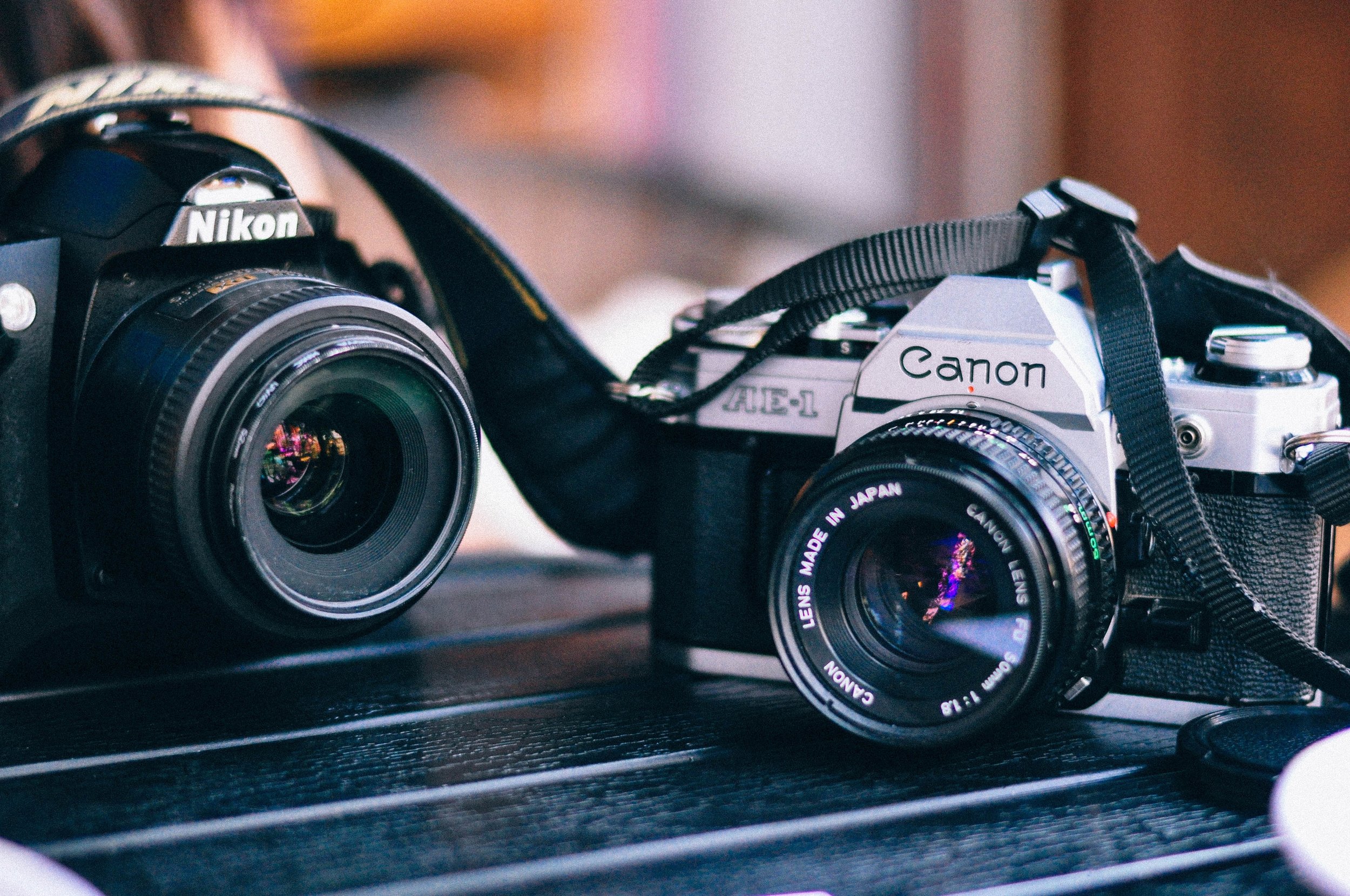“You have to understand the client problems, how you solve those problems, but start with the feelings and then that’s your shortlist.”
Hear Natalie Cass share with us her detailed thought process on writing stories for brands. Natalie is a corporate photographer and filmmaker at Cass Studios: an entertainment, commercial photography, and video production company.
Listen to this conversation again as we talk about how her psychographics led her to create content; how music, being active in nature, and optimizing her health and wellness helps her leverage her flow state; her method of focusing on five feelings she wants her audience to feel when developing stories for brands, and how artists can build their career by being comfortable in the unknown.
The full episode 65 is available on Apple Podcasts here: Psychographics And Content Creation, The Method of Creating Content Around 5 Feelings, And How Holistic Well-Being Helps With Creativity




